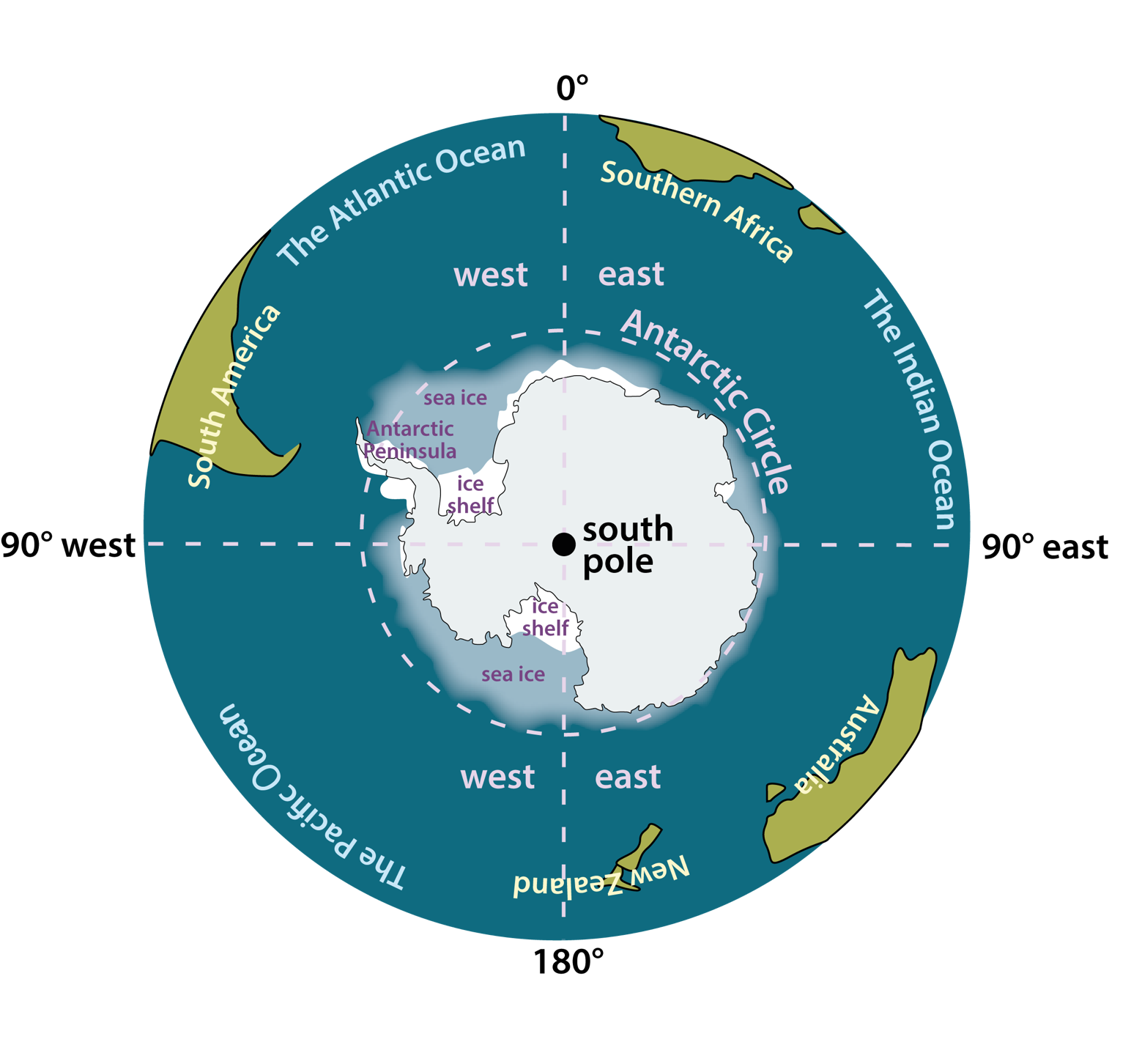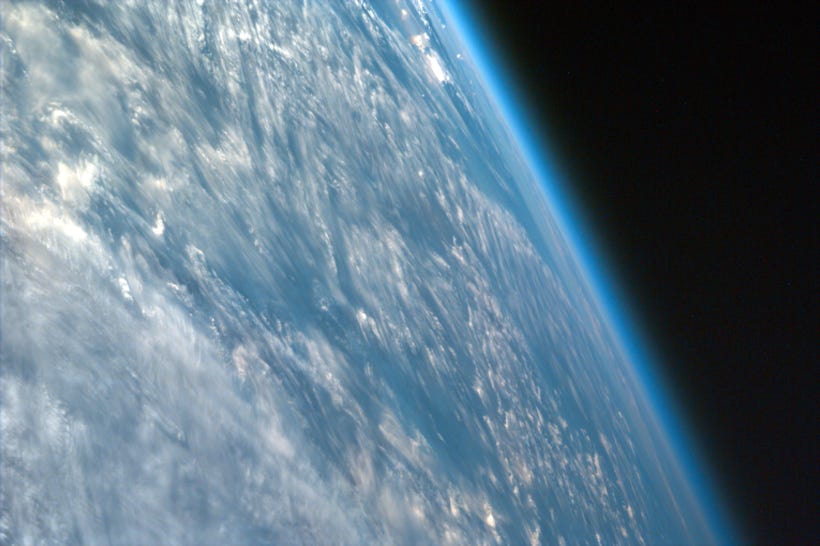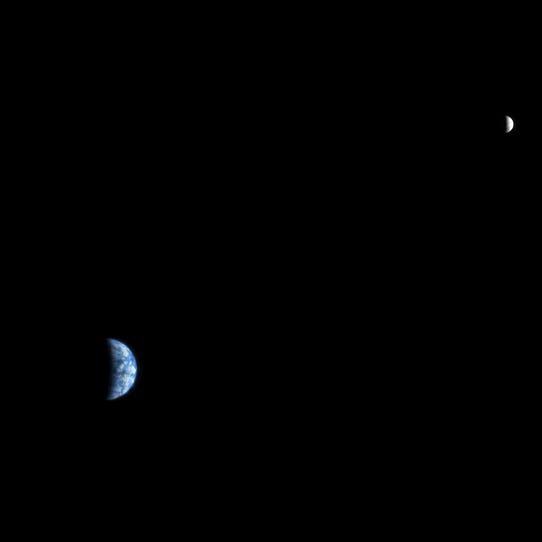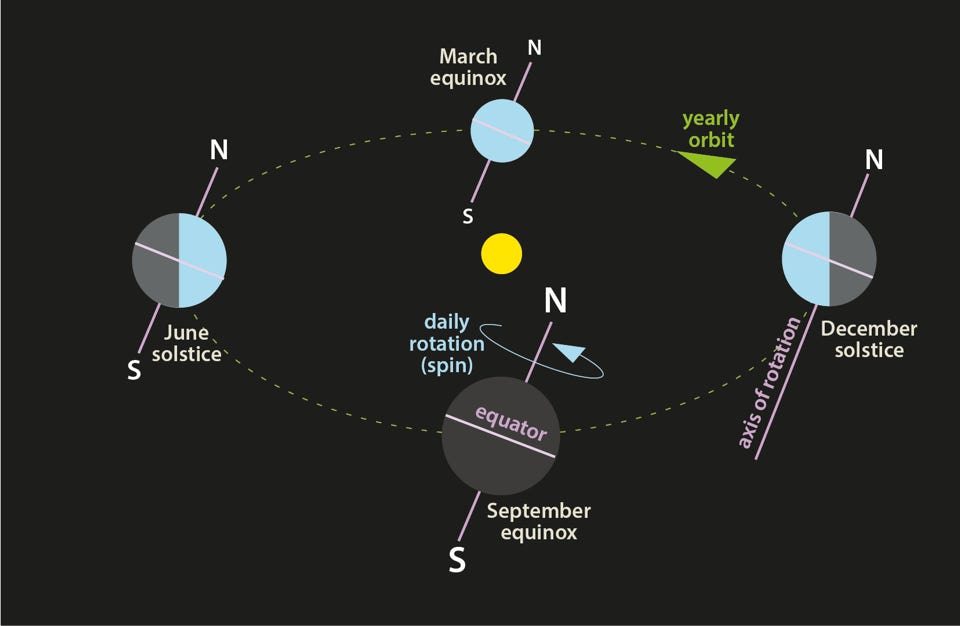Connecting pre-university students with professional science

Contextual Curriculum Connections: Science in the Antarctic
Geographic and astronomic background information

A view of the world from the far south
Earth in space

At the summer solstice within the Antarctic Circle, in December, the Sun stays above the horizon for 24 hours.


Earth from the International Space Station (ISS) in Earth orbit. The thin blue haze above the planet is the atmosphere.
Credit: NASA /JPL / UCSD/JSC
Earth and Moon, imaged from a spacecraft in orbit of Mars (NASA’s Mars Reconnaissance Orbiter)
Credit: NASA /JPL-Caltech / University of Arizona

The Earth (blue for daylight, grey for darkness) orbits the Sun (centre, not to scale). During the orbit, the tilt of the axis of rotation stays the same.
In December, the southern hemisphere, with Antarctica, has a bigger share of sunlight. The Antarctic experiences 24 hours of daylight.
At the June solstice, places inside the Antarctic Circle experience 24 hours of darkness. At the South Pole this long ‘night’ lasts for several months.
(C) David Brodie 2025 Note that all external videos and websites remain copyright of the creators
